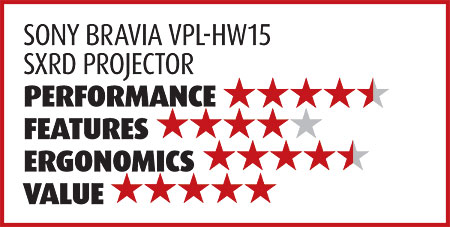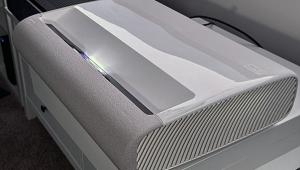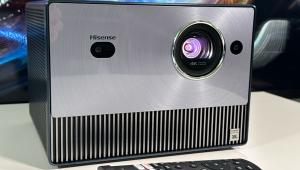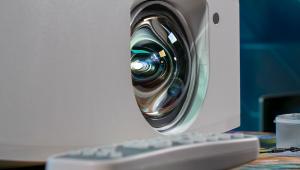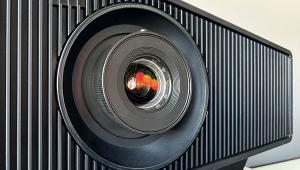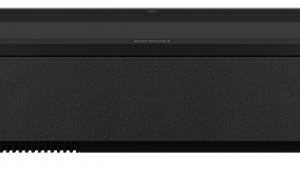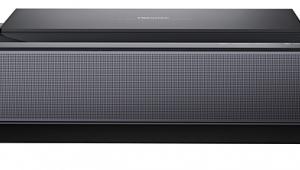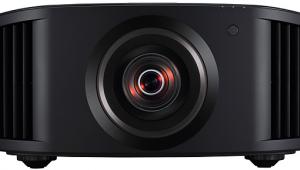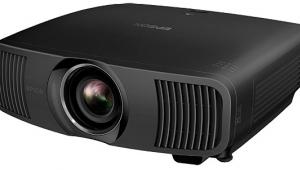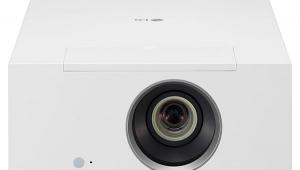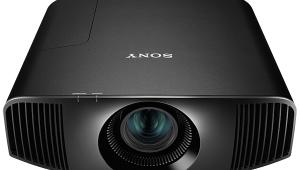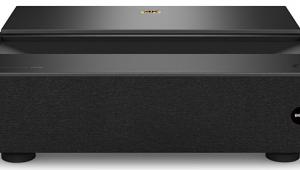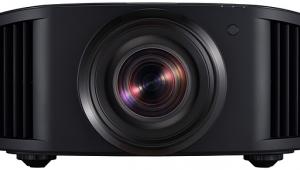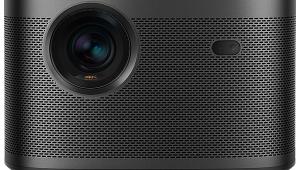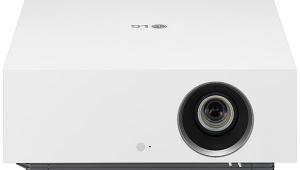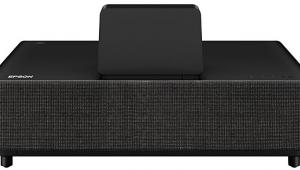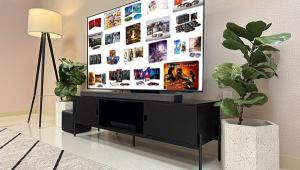Sony BRAVIA VPL-HW15 SXRD Projector Page 2
 If the Sony could bring out the best in Spider-Man’s just slightly above-average Blu-ray transfer, it looked striking on Pirates of the Caribbean: The Curse of the Black Pearl. The image in the opening shipboard scene had a pop that the other projectors missed. And if that difference was subtle, its subtlety clearly brought out the shades and shadows in the scene’s overcast lighting. The detail left nothing to be desired, the colors were impossible to criticize, and the believable sense of depth made me feel as though I could jump into the picture and join in the fun. But my lack of skill with a sword would demand that I time my leap very carefully.
If the Sony could bring out the best in Spider-Man’s just slightly above-average Blu-ray transfer, it looked striking on Pirates of the Caribbean: The Curse of the Black Pearl. The image in the opening shipboard scene had a pop that the other projectors missed. And if that difference was subtle, its subtlety clearly brought out the shades and shadows in the scene’s overcast lighting. The detail left nothing to be desired, the colors were impossible to criticize, and the believable sense of depth made me feel as though I could jump into the picture and join in the fun. But my lack of skill with a sword would demand that I time my leap very carefully.
While the blacks were just a shade short of state-of-the-art projector blacks (and decidedly not up to Pioneer KURO–level blacks), they were still very impressive. The dark rooftop scene in chapter 13 of Spider-Man was realistically dark, but there was a clarity within that darkness that brought out shadow details and avoided that grayish look. Even the dark warehouse scene at the end of chapter 13—a scene that gives many projectors problems—was convincing on the Sony.
But it’s Stargate: Continuum that I keep coming back to when it comes to evaluating black level, and the Sony didn’t disappoint. In the star field that opens the film, the stars are clearly visible. Many of them are dim, but you can still make them out clearly, even when the film’s bright white titles pop up. The nighttime ship scene in chapter 3 and the Russian installation scene in chapter 21 are both killer black and shadow-detail tests, and both looked totally right on the Sony.
Still, I consider the quality of dark scenes so important that the Sony pushed all of my buttons, including the value factor. This is a wow-inducing Top Pick at a shocking price point.
Comparisons and Conclusions
Setting up a direct AB comparison of two projectors is much more complicated than you might imagine. Very minor changes in the picture settings can have a profound impact when you switch directly from one to the other. The only way to do it is to use the settings that we judged best in the individual evaluations.
I focused my comparisons on the Sony and the Epson. The Mitsubishi’s shadow detail would have put it at a clear disadvantage compared with the others.
Viewed in the settings that I chose as the best (and most accurate) for both the Sony and Epson, there were some noticeable differences. The Epson went slightly deeper in absolute black, excelling the Sony by a small margin on the star field at the beginning of Stargate: Continuum. But on most very dark scenes, the Epson looked a little grayer and flatter than the Sony. The latter had more pop and dimensionality on such material. However, if I turned on the low setting of the Epson’s Contrast Enhancement control, these differences largely disappeared. In fact, the Epson then had a little more dark-scene pop than the Sony. But I didn’t like what the Contrast Enhancement control did to brighter scenes. It made them unnaturally contrasty, even in its lowest setting.
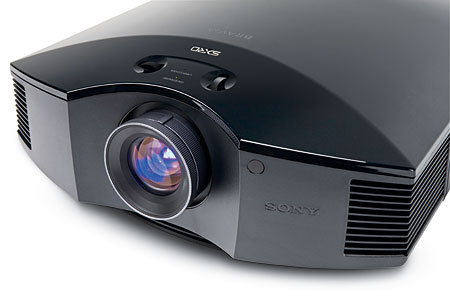
The Epson’s colors were a little more saturated and, according to the color gamut measurements, a bit more accurate. Both had an interesting divergence in the darkest blacks; the Sony was warmer, while the Epson was cooler. This is consistent with the color tracking charts, but I wouldn’t criticize either projector much on this account.
The Epson won out slightly in terms of resolution, although the differences were very small on my 78-inch-wide screen. I zoomed the images up to simulate a much larger screen—more than 110 inches diagonal. Of course, I was then viewing only the center of the image on my screen, with the rest of the picture spilling over the edges. When I did this, the black level differences remained. But the slightly sharper image on the Epson just barely became more visible. Even on this “large” of a screen, the images remained sharp and more than adequately bright—with the lamps in both projectors still in their low settings.
Both of these are superb projectors. The Epson 9500 UB was always a pleasure to watch, and it was slightly more accurate according to the measurements, although this is splitting some fine hairs. I could watch either projector all day, and on several occasions, I almost did. But it was the Sony that best kept me glued to my seat when it was 1:00 a.m. and long past time to shut things down and go to bed.
